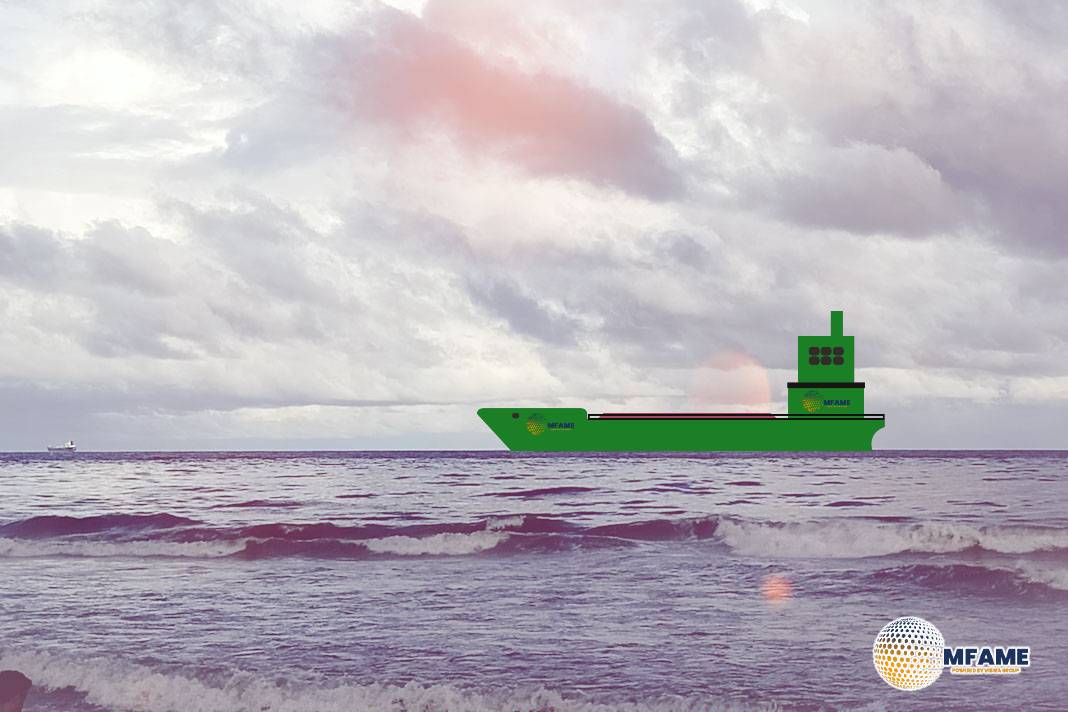- Panamax and Supramax Vessels Lead New Deliveries.
- Dry Bulk Ship Deliveries to Hit Six-Year High by 2026.
- Fleet Growth Halves as Market Faces Softer Demand.
The global dry bulk fleet is growing at a much slower rate than it did in the 2010s, but we can expect bulker deliveries to reach a six-year high by 2026. With strong contracting happening in 2023 and 2024, we should see deliveries gradually pick up this year and next, reports gCaptain.
Panamax and Supramax Vessels Leading the Way in Deliveries
“We forecast that bulker deliveries will gradually increase this year and in 2026, reaching 41.2m Deadweight Tonnes (DWT) and a six-year high,” says Filipe Gouveia, Shipping Analysis Manager at BIMCO. “Bulker newbuilding contracting was strong in 2023 and 2024, and several of the ships ordered during this period are expected to be delivered during this and next year.”
When it comes to upcoming deliveries, Panamax and Supramax vessels are taking the lead. By 2026, Panamax will account for 33.9% and Supramax for 28.3% of the expected 59.3 million DWT. Meanwhile, Capesize vessels will make up 23.9%, but many of these deliveries will roll in after 2026 due to longer construction timelines.
Shifting the Fleet Towards Environmental Sustainability
The push for environmental sustainability is making waves in the fleet, with 9.1% of the upcoming vessels designed to run on alternative fuels, and 10.7% built for retrofitting. LNG and methanol are the frontrunners in this shift, representing 37.1% and 34.9% of the total capacity.
Fleet Growth Has Slowed Since the 2010s
The growth of the fleet has really slowed down compared to the booming 2010s, a time when strong demand from China fueled rapid expansion.
Gouveia explains the reduced growth rate compared to previous decades: “Despite a pick-up in deliveries, the dry bulk fleet is only growing half as fast as it did during the 2010s. During that period, strong Chinese demand was the key driver for dry bulk tonne mile demand, consequently driving newbuilding contracting. Demand growth has been slowing since then and in recent years, sailing distances have partly compensated for weaker cargo growth.”
Geopolitical Factors Extend Sailing Distances
Geopolitical factors are shaking things up in the shipping world, with sanctions on Russian coal and changes in Red Sea routes leading to longer sailing distances. This shift is ramping up demand and keeping older ships in operation.
As for freight rates, they’ve been on the lower side this year, and BIMCO is forecasting that this trend will continue through 2026, especially affecting panamax and supramax vessels.
Ship Recycling Likely to Increase
“A pick-up in deliveries in the panamax and supramax segments will likely contribute to poorer market conditions for these segments. Consequently, this may lead to a slight and gradual increase in ship recycling of older and less competitive ships in these segments,” Gouveia concludes.
Did you subscribe to our daily Newsletter?
It’s Free Click here to Subscribe!
Source: gCaptain


















